The customs department is one of the oldest departments to exist in Brunei ever since the early 20th century and its wharf was built between the 1920s and 1930s. At the time, they were made up of wood materials and lanting (pontoon) located at Jalan Sultan. The establishment of the custom department was to adhere to the custom rule on import and export goods for administrative cost under the control of the British Resident at the time. With this introduction, it is considered as one of the first steps to stabilise the country’s economy, infrastructure and social development.
About two decades later, plans to expand the custom wharf began in a comparatively bigger size of its predecessor. It offered a convenient space for goods to be loaded and unloaded as well as for incoming ships to dock at the Brunei Town wharf. The new customs building was located over the banks of the Brunei River, near Jalan McArthur in the city centre. Construction of the building began about the same time as the Sultan Omar Ali Saifuddin mosque and finished in 1956. It turned out as a two storey concrete of 400 feet long and 30 feet wide in size with a familiar contractor, the Sino-Malayan Engineer, who was not a stranger to most of Brunei’s iconic buildings.
The area of the customs building was fenced in 1958 for security purposes and the wharf became known as the Royal Customs and Excise Wharf or Dermaga Kastam dan Eksais Diraja. The architecture of the former customs building evolved based on the necessity of the customs department at a given period that progressively added administrative, management and financial offices for its officers and staff, along with stores and warehouses below to keep imported taxable goods from overseas in the 1960s.
Its exterior consisted of flat roof style and rectangular or boxy structures popular in Southeast Asia at the time. The designs were inspired by the colonial period with Victorian style iron decorating its windows and doors. In the middle of the building, near the main entrance to the offices, is a small tunnel or gateway for vehicles to pass through with ‘H.H. Customs House’ written above it.
However, proposals by the government for another port to be built were already underway in the 1960s, as the Brunei river’s nature was not able to handle more arrivals after decades of service, and Muara was chosen to be the most ideal deep sea port. The Muara port was finished in 1972 and was officially opened by Queen Elizabeth II. In that period also, the customs building in the city was also housed by the Public’s Works Department as well as the marine department.
Overseas merchandise resorted to the new port which only left local goods from Temburong, ships from Labuan and Lawas to still go through the Brunei Town wharf checkpoints as late as 1987 and 1997 respectively. Eventually, on 18 March 1998, the Custom and Excise department relocated to a new building in Jalan Menteri Besar and was left vacant.
The significance of the building closely goes hand in hand with the history of the wharf especially during its active era. Aside from the site bearing unforgettable events such as when Sultan Omar Ali Saifuddien III boarded a ship to Makkah using the river Brunei wharf and boat races known as ‘Berjanuari’ that he participated in, the building and wharf has a historical role as the inlet to the lifeline of Brunei for being the main gateway especially in the earlier past. Bygone economic activities, communications, ships or boats, foreign traders and goods entered through the Brunei river, and the Royal Customs and Excise building is a testament to all these.
The former Royal Customs and Excise Building is a historic and iconic monument that represents the start of the modern development of Brunei Darussalam. Its previous function was to operate as a Customs House and since this building was no longer of use, it is now a classified historical building and is gazetted under the Antiquities and Treasure Trove Act. The building was then utilised as an art gallery, cafes and visitor information centre.

 Custom Building Back 2.JPG)
 Custom Building Back.JPG)
 Brunei Port .jpg)
 Brunei Royal Wharf in 1968.jpg)
 Custom Building in the mid to late 1960s.jpg)
 One of the earliest photos of the Brunei Town Wharf.jpg)
 Royal Wharf in 1970s full.JPG)





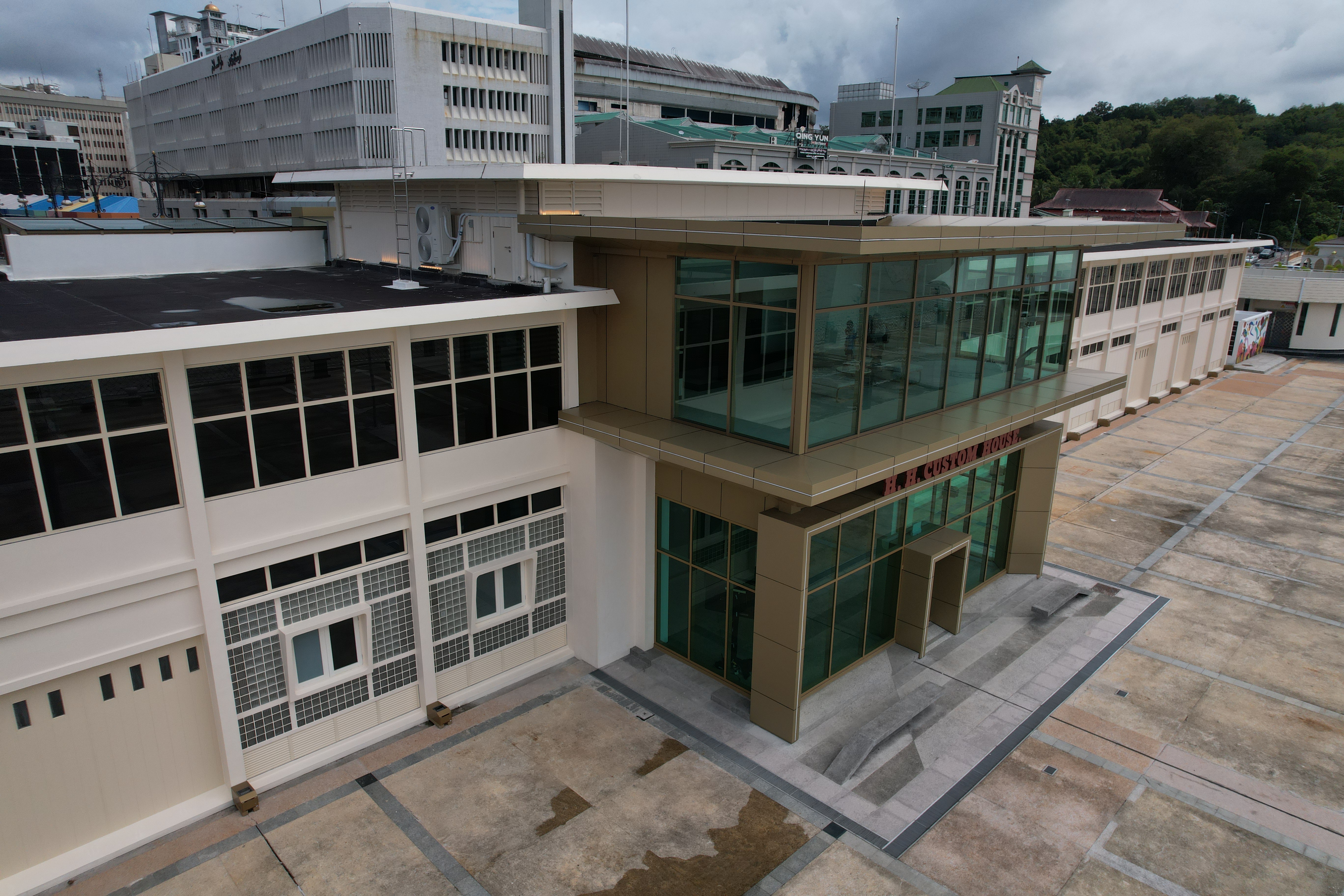
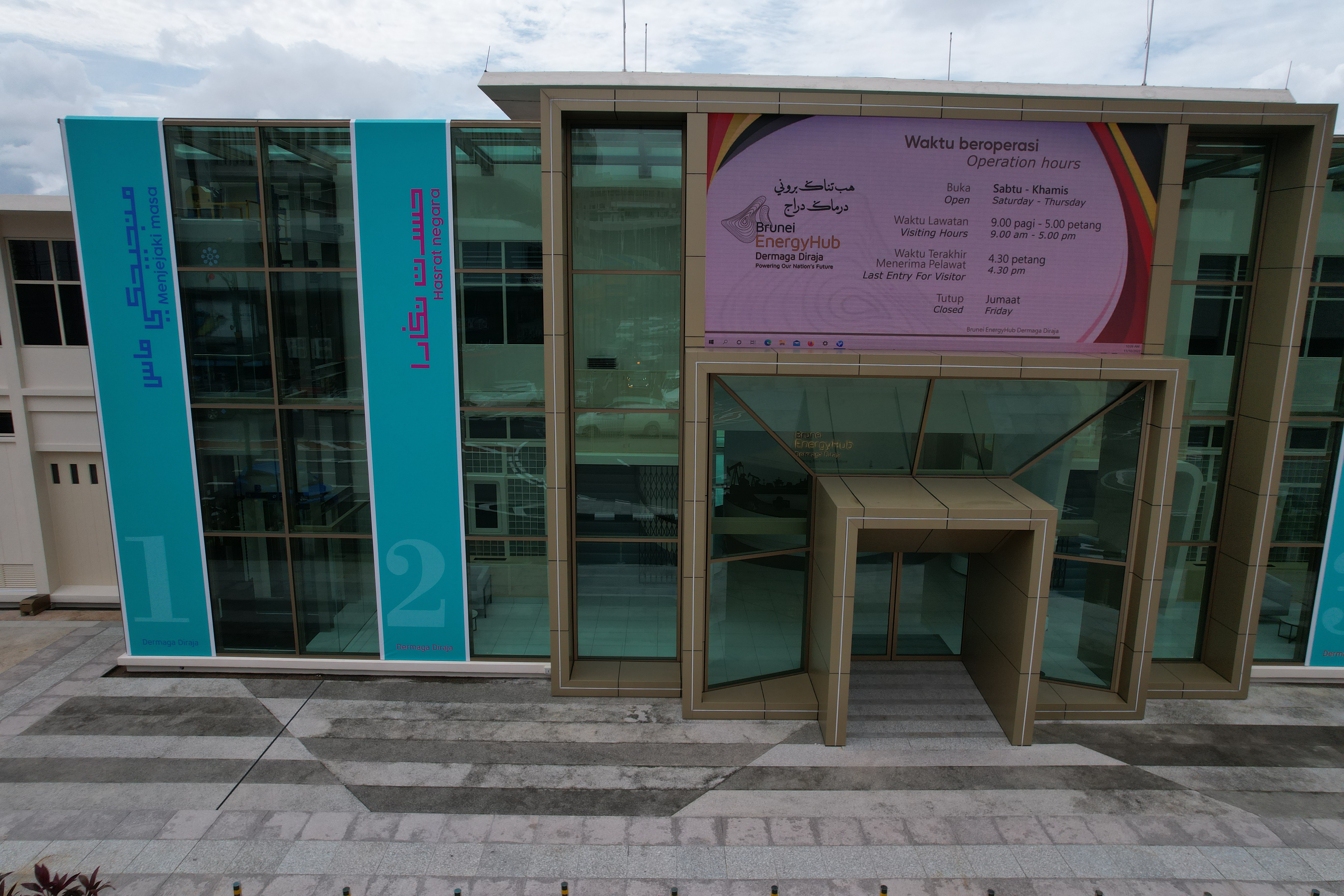

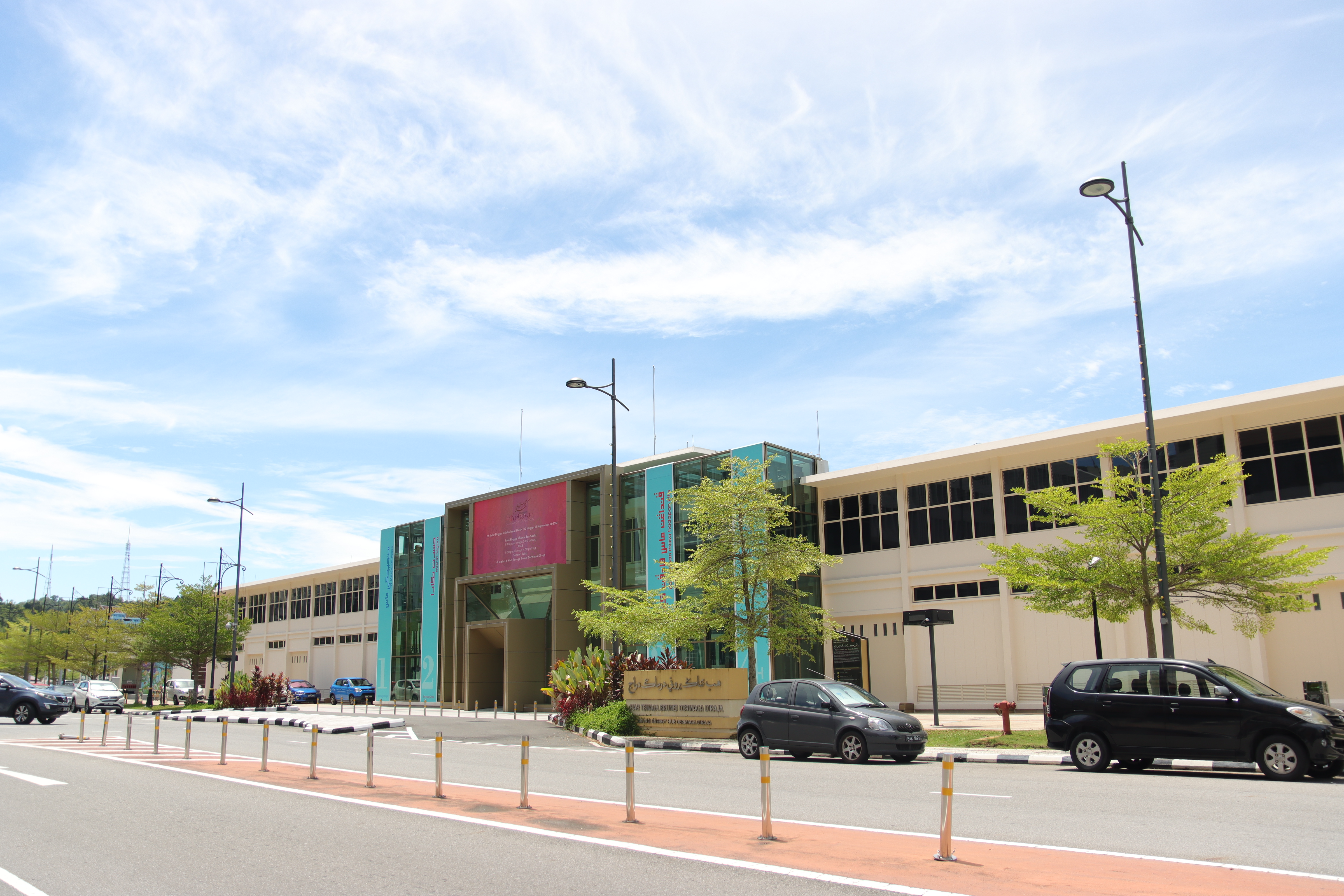






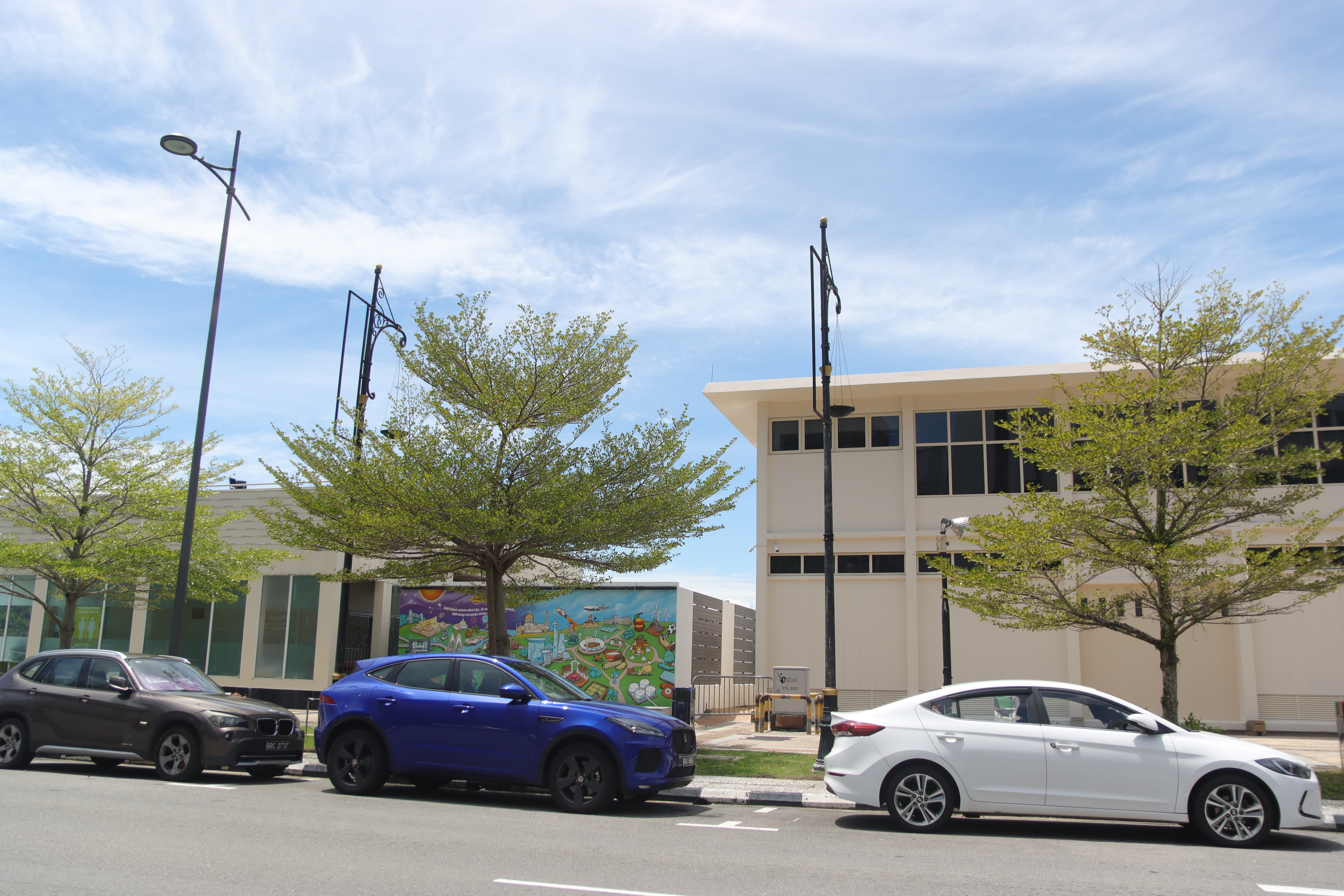
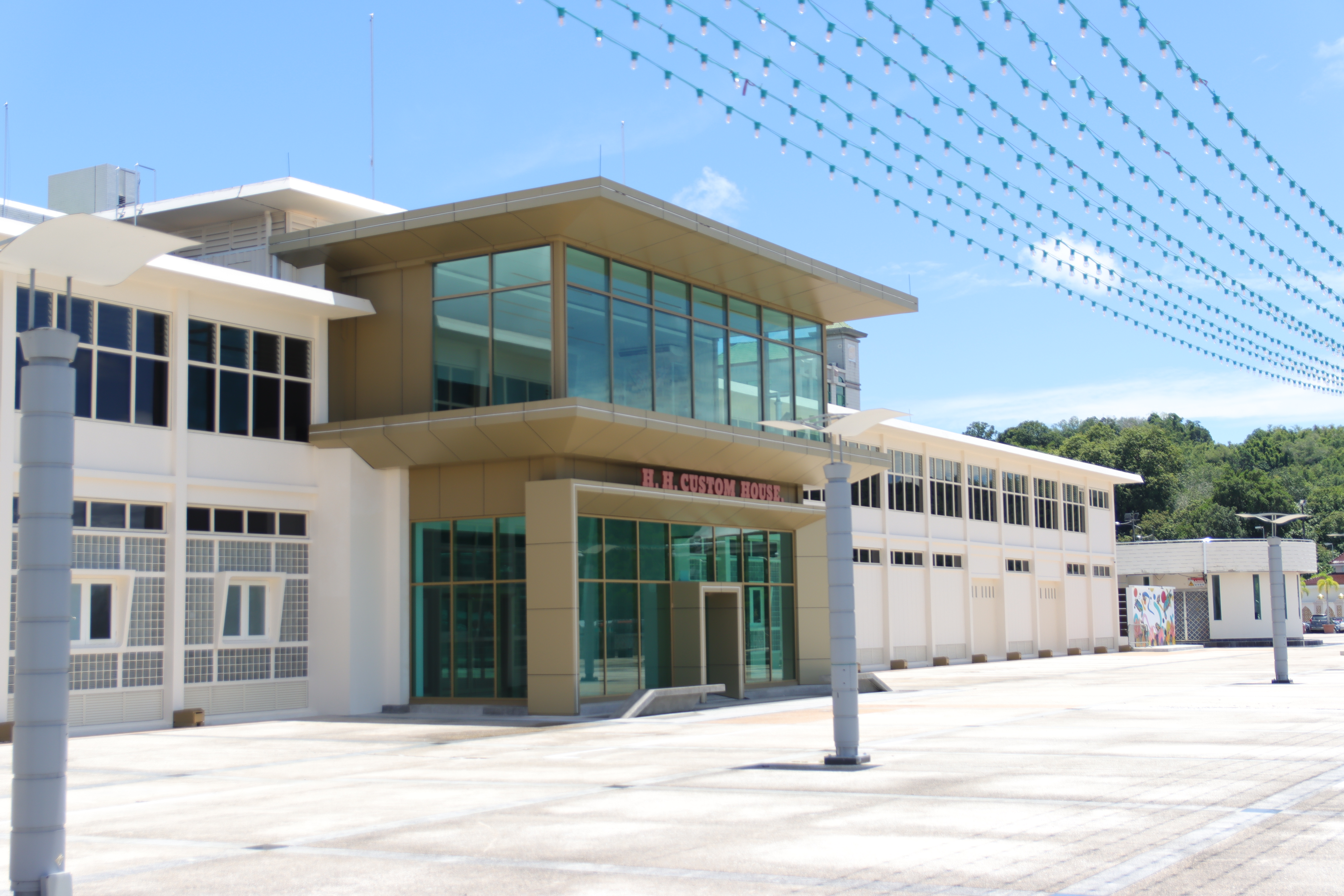
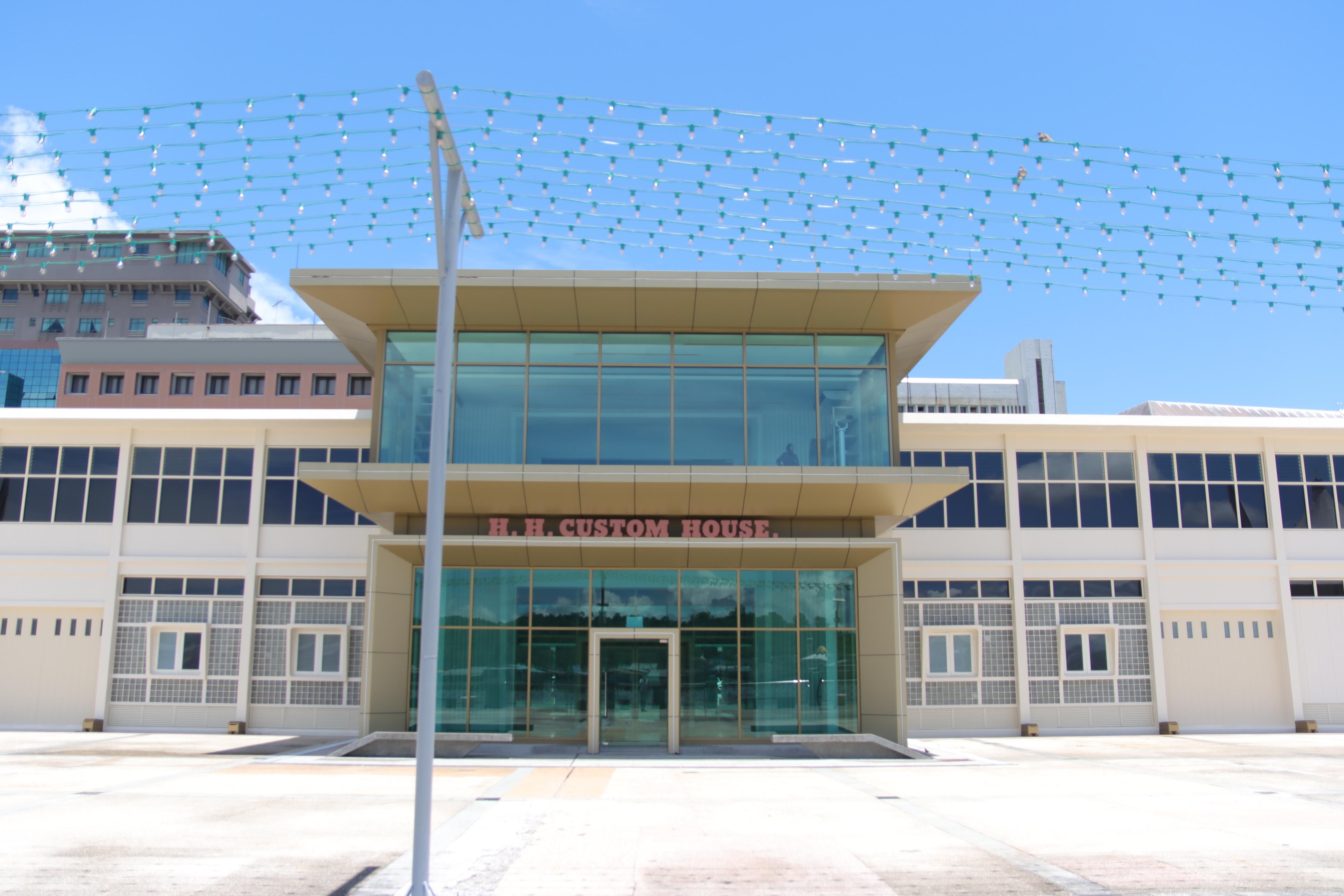




 Custom Building Back 2.JPG)
